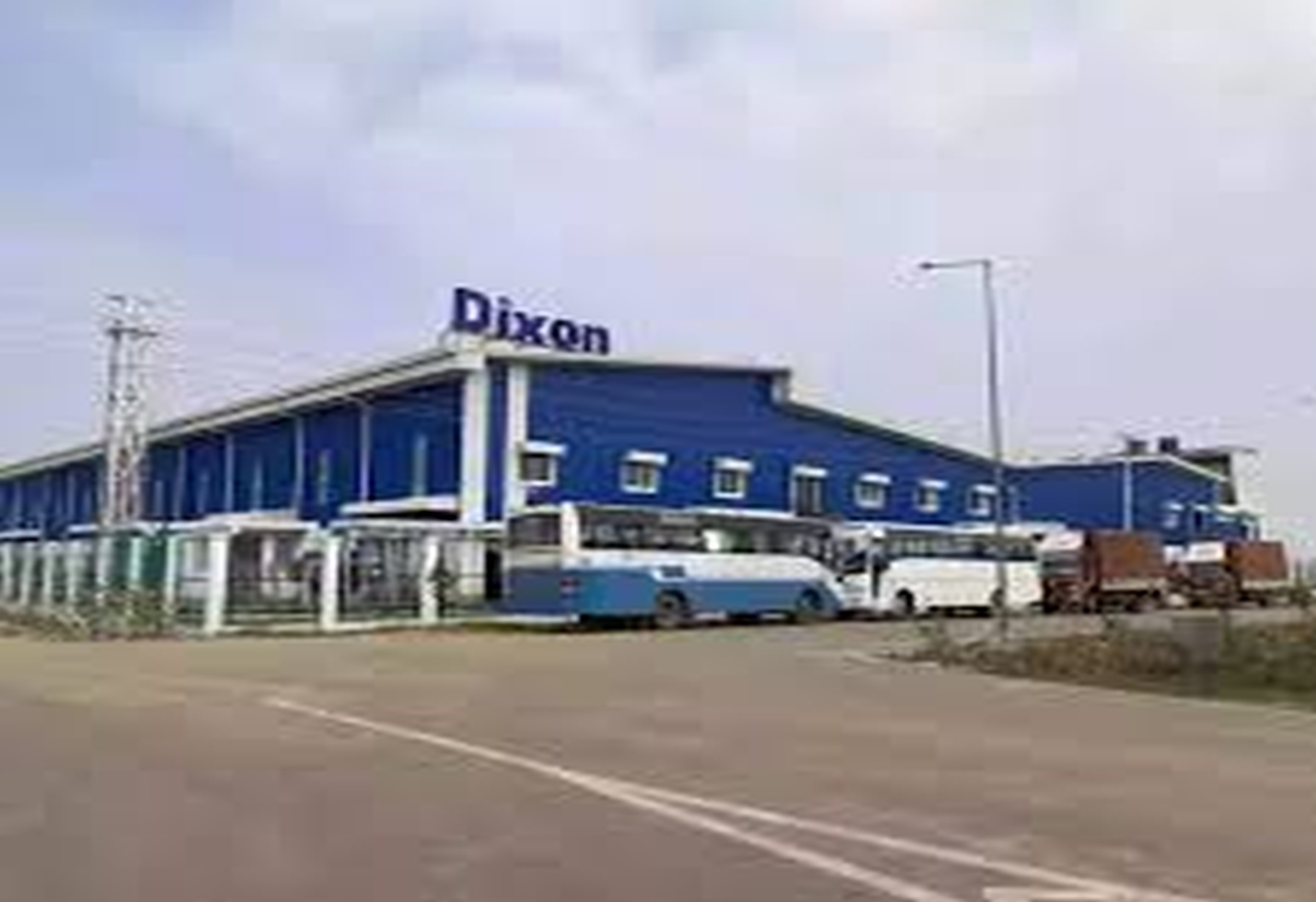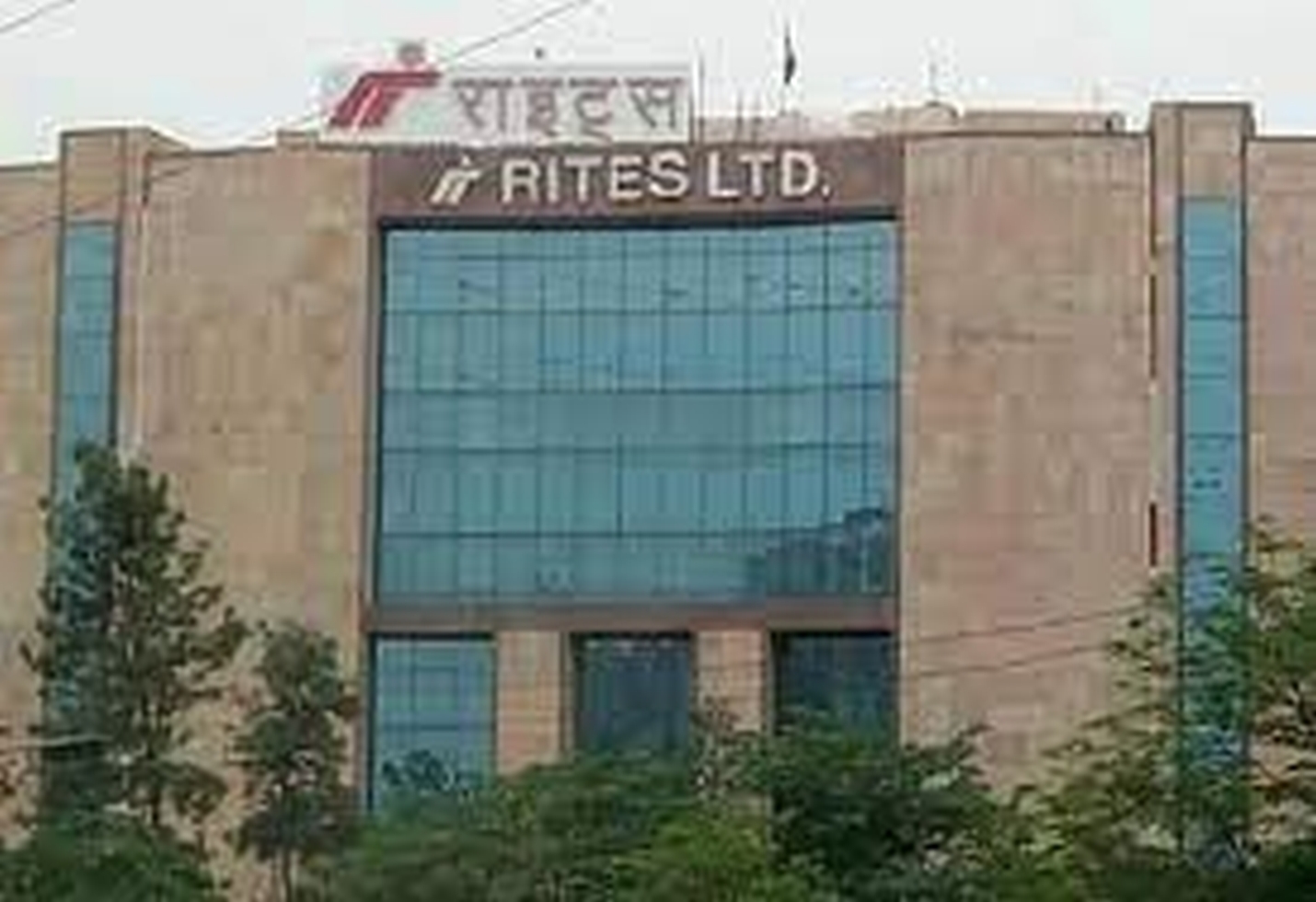Revitalizing Demand: Growth Strategies of Colgate, HUL, and Marico
Revitalizing Demand: Growth Strategies of Colgate, HUL, and Marico
Major consumer goods companies like Colgate-Palmolive, Hindustan Unilever, and Marico are counting on a rebound in rural demand, the success of premium products, and strategic innovations to compensate for weaker urban consumption and enhance sales in the upcoming fiscal quarters.
Summary:
India’s fast-moving consumer goods (FMCG) sector is currently experiencing a challenging period characterized by stagnant volumes and a decline in urban consumption. Colgate-Palmolive, Hindustan Unilever (HUL), and Marico have all encountered stagnation in growth over the past few quarters, yet they are hopeful for an improvement in the latter half of FY26. These companies are concentrating on rural market recovery, premium product offerings, innovation, and enhancing operational efficiencies to regain momentum and boost profitability.
A Tough Quarter for FMCG Giants
Colgate-Palmolive (India) witnessed a nearly 7% decline in its stock price following the announcement of a subdued March quarter performance. The decline came on the back of stagnant sales volumes and weakened urban demand, which overshadowed the company’s marginal gains in rural areas and its premium oral care segment.
Hindustan Unilever (HUL) and Marico echoed similar sentiments, indicating broader industry headwinds. While rural markets showed early signs of recovery, the pace was tepid. Urban India, traditionally a stronghold for premium and value-added products, remained sluggish, impacted by inflationary pressures, high interest rates, and shifting consumer priorities.
Industry-Wide Challenges: Inflation and Volatility
The FMCG sector’s performance in FY25 thus far has reflected a complex interplay of inflation moderation, changing consumer behaviour, and heightened competition. Though input costs, particularly palm oil and packaging materials, have eased, the benefits have not yet fully translated into stronger sales volumes.
NielsenIQ data shows flat volume growth and low-single-digit value growth in the FMCG sector for Q4 FY25. Urban demand for oral care, hair oils, detergents, and packaged foods softened as consumers became more price-conscious, resulting in downtrading and less frequent purchases of discretionary items.
Colgate’s Strategy: Premiumisation and Rural Push
Colgate-Palmolive is now pinning its hopes on a rural resurgence and the continued success of its premium oral care offerings like the Colgate Visible White and Colgate Vedshakti range. The company is also investing in consumer engagement and dental health awareness initiatives to drive category growth.
In its Q4 FY25 earnings call, Colgate’s management noted that while macro headwinds continue to persist, a clearer demand revival is expected to take shape by the second half of FY26. The company is aiming to optimize distribution, push higher-margin products, and maintain brand recall through targeted campaigns.
HUL’s Multifold Approach: Innovation, Pricing, and Execution
Hindustan Unilever, India’s largest FMCG firm, has also seen challenges in sustaining volume growth. Its Home Care and Beauty & Personal Care segments faced muted demand, though Foods & Refreshments remained relatively resilient. In response, HUL is leveraging its deep distribution network and data-driven market intelligence to recalibrate pricing strategies and product portfolios.
HUL is focusing on innovations like plant-based foods, sustainable packaging, and AI-driven analytics to boost consumer loyalty. The company anticipates better rural demand due to government spending, easing inflation, and a potential rebound in discretionary spending after Q2 FY26.
Marico’s Focus: Core Portfolio and Margin Management
Marico reported weak domestic volume growth in the March quarter, particularly in its flagship Parachute and Saffola ranges. Despite the challenges, the company stayed profitable due to effective cost management and favourable input costs. Management has noted a decline in the consumption of hair nourishment and edible oils, particularly in urban areas of India.
To navigate the slowdown, Marico is prioritizing its core portfolio while expanding its food and digital-first brands. The company is also increasing its focus on direct-to-consumer (D2C) platforms to capture emerging demand pockets among millennial and Gen-Z consumers.
Rural Markets: The Next Growth Frontier
A common theme emerging across all three companies is the bet on rural India. Despite monsoon uncertainties and structural challenges like wage stagnation, companies expect rural demand to outpace urban consumption in FY26. Government measures such as increased rural spending, subsidies, and employment generation programs under MNREGA could help boost disposable incomes.
Moreover, increasing smartphone penetration and improved rural infrastructure are enhancing product accessibility and brand awareness. Companies are ramping up rural marketing efforts and expanding stock-keeping units (SKUs) suited for value-conscious rural households.
Premiumization and Category Expansion: Key Levers
Another strategy being employed is premiumization — offering value-added, higher-margin products to cater to aspirational consumers. For example, HUL’s Dove and Lakme brands, Colgate’s advanced whitening range, and Marico’s premium edible oils and hair serums are gaining traction among urban elites and semi-urban households.
Category expansion is also underway with new launches in personal wellness, plant-based nutrition, hygiene, and Ayurveda-backed solutions. These offerings are designed to attract niche segments and diversify revenue streams.
Investor Sentiment and Market Outlook
Despite short-term weaknesses, investor confidence in India’s consumer goods sector remains cautiously optimistic. Analysts from brokerages like Motilal Oswal, ICICI Securities, and Axis Capital have advised a wait-and-watch approach but maintained long-term bullishness given India’s demographic dividend, rising middle class, and consumption-led economy.
Valuations for FMCG stocks have slightly moderated post-Q4 results, offering potential entry opportunities for long-term investors. Firms that boast robust balance sheets, a varied range of products, and quick execution abilities are anticipated to excel compared to their competitors when demand picks up again.
Conclusion: Road to Recovery May Be Gradual but Promising
Colgate, HUL, and Marico are navigating a challenging landscape shaped by inflation fatigue, evolving consumer habits, and market saturation in traditional categories. However, their proactive focus on innovation, rural penetration, cost management, and premiumization signals a solid roadmap for revival.
While the first half of FY26 may continue to reflect cautious consumer sentiment, a stronger rebound is anticipated in H2, backed by festive season demand, improved rural cash flows, and easing macroeconomic conditions. For India’s consumer sector, the recovery may be slow — but the building blocks for a resilient comeback are firmly in place.
The image added is for representation purposes only










